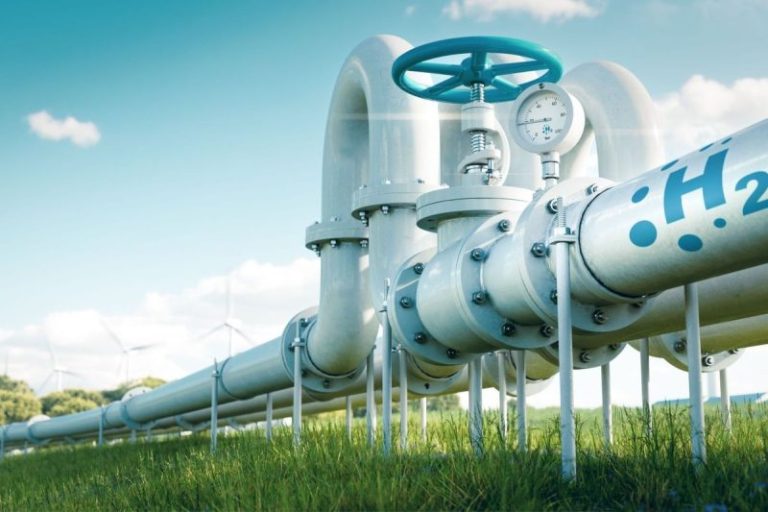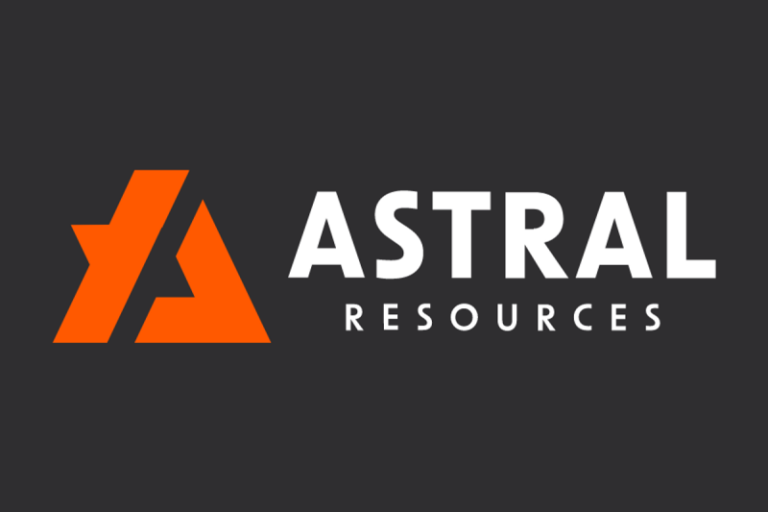You already know about diversification. You’ve set your investment goals, picked a benchmark, and decided on the weighting of your allocations. Now, it’s come down to selecting the assets—stocks or ETFs—to build your portfolio.
As a long-term investor with moderate risk tolerance, how might you build a portfolio to withstand market drawdowns and weather the business cycle?
There are many ways to do this. Here are a few ideas to consider.
S&P Sectors: How Are They Performing and Where Are They Going?
FIGURE 1. RRG CHARTS OF S&P SECTOR ETFS RELATIVE TO THE S&P 500. This image shows you the one-year progression of each sector, indicating the stage of leadership they might be headed.
If you’re looking to diversify by sector, it helps to know where each one has been, performance-wise, and toward what state of leadership they might be entering. Which stocks are Improving, Leading, Weakening, and Lagging?
This is where RRG Charts (specifically RRG S&P 500 Sector ETFs) come in handy. By giving you a dynamic view of sector movement over time, RRGs can help you time your entries to match your strategy—whether you want to buy strength or take a more contrarian approach and buy weakness.
You might also want to view sectors in terms of relative performance. PerfCharts are a useful way to see how each sector is performing against other sectors.
FIGURE 2. PERFCHARTS OF 11 S&P SECTORS. Sectors are sorted from outperforming (left) to underperforming (right).
PerfCharts show that over the past year, Utilities, Financials, and Communications Services have led the market, while Materials, Technology, and Health Care have lagged. If you were looking to shift your portfolio toward greater sector diversification, this chart would prompt a few questions:
- Should you be overweight, underweight, or equal weight in your exposure to certain sectors?
- Do you think the outperforming sectors will retain their leadership levels over the coming quarters, or are they overvalued?
- Are the laggards undervalued, or might there be further downside in the long-term?
Combining RRG and PerfCharts can provide plenty of context for evaluating whether to enter, exit, or rebalance your positions.
From Sector to Industry to Individual Stocks
One question that’ll likely be on your mind is whether you should invest in individual stocks within a given sector or in a sector index ETF.
If you click the sector names in the Sector Summary tool, you can zoom in on the industries. Select the industry and you’ll get a list of all the stocks within that industry. The charts above tell you how the sectors are performing relative to one another.
If you decide to buy stocks for your sector allocation instead of sector ETFs, then you might want to know how a given stock is performing relative to its a) sector, b) industry, and c) a broader market benchmark like the S&P 500.
Here’s an example. Suppose you decide you want to invest in a stock in the Consumer Staples sector. You decide on Sprouts Farmers Market (SFM) which has a high StockChartsTechnicalRank (SCTR) score. Take a look at this daily chart.
FIGURE 3. DAILY CHART OF SFM. You want to see how SFM is performing against its sector, industry, along with the broader market.
Here are a few key points to note. Based on a one-year view…
- The Consumer Staples sector (XLP) is underperforming its peers and the S&P 500 by around 4% (as shown in the PerfCharts example above).
- However, SFM is outperforming its sector (XLP) by over 118%, its industry Food Retailers & Wholesalers ($DJUSFD) by over 104%, and the S&P 500 ($SPX) by over 107%.
If you’re seeking Consumer Staples exposure, should you invest in XLP for a potential turnaround or in SFM, a sector leader with strong momentum?
This is an example of only one way to employ a diversification strategy. You can diversify among stocks vs. bonds, growth vs. value stocks, or emerging vs. developed markets, and many more.
What About Rebalancing?
Market shifts can misalign your portfolio with your strategy, making periodic rebalancing essential for maintaining diversification.
Remember that diversification isn’t about managing and not eliminating risk. You might consider hedging strategies like options or alternative asset exposure like gold, commodities, or crypto during longer downturns. How often should you rebalance? It depends—some do it on a set schedule (every six months or a year), others adjust when allocations drift too far, or after major market events shake things up.
At the Close
Building a diversified portfolio takes a lot of planning, but it doesn’t have to be overly complicated. StockCharts gives you several tools to analyze, select, and build your portfolio. Use the tools to your advantage, and remember to stay flexible, as market conditions perpetually change, prompting you to rebalance from time to time.
Disclaimer: This blog is for educational purposes only and should not be construed as financial advice. The ideas and strategies should never be used without first assessing your own personal and financial situation, or without consulting a financial professional.










